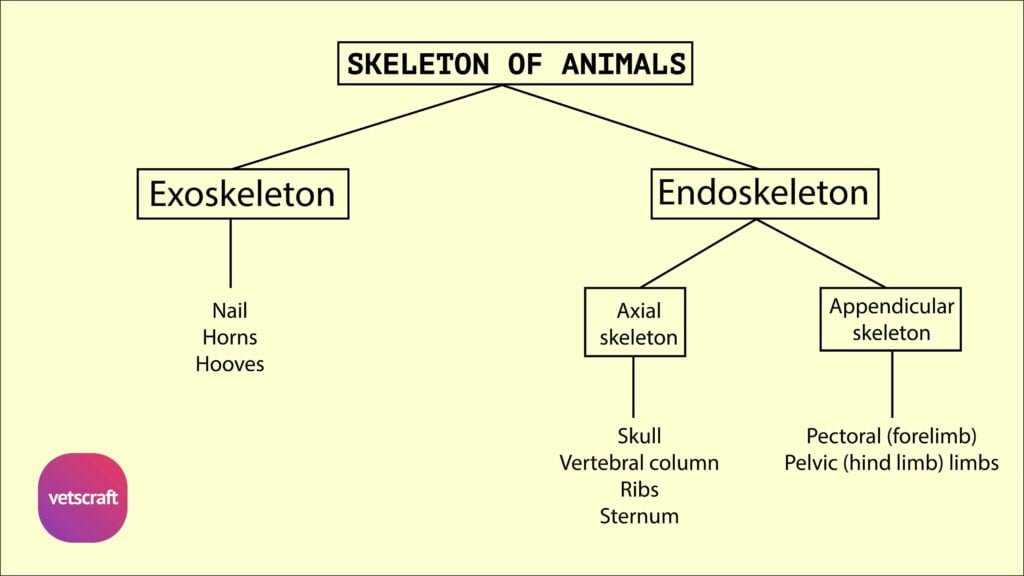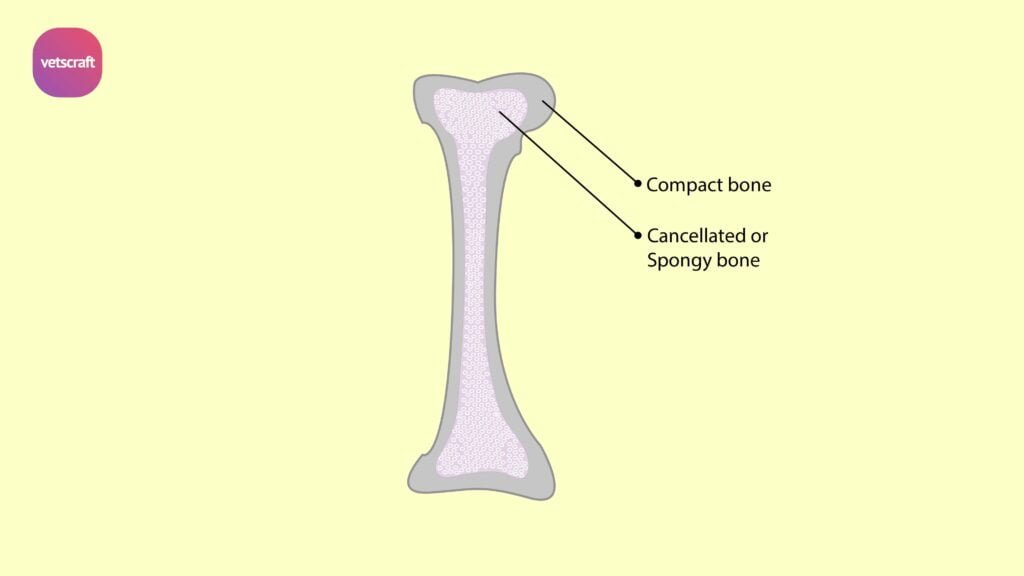TABLE OF CONTENTS
Foetal Membranes of animals
In the development of a higher vertebrate embryos like those of chick and mammals, only part of the cleavage cell mass forms the actual embryo, whereas other parts lie outside the embryonic territory and are called extra embryonic.
The extra embryonic parts form foetal membranes, which are the auxiliary organs to protect the embryo and provide for its nutrition and excretion. All these membranes eventually are discarded.
The placenta is a distinctive membrane that is developed only in higher mammals (placentalia) chiefly from the chorion, allantois and the uterine lining. The umbilical cord connects the foetus and its placenta.
FOETAL MEMBRANES IN CHICK
The blastoderm, originally a small disc soon spreads by peripheral growth and covers the entire egg surface. But only the most central, is directly concerned in the formation of fissures all round. The extra embryonic blastoderm furnishes the foetal membranes. The blastoderm consists of somatopleurae and splanchnopleurae separated by a coelom.
Yolk Sac
As the embryo enlarges, its circular connection with the extra embryonic blastoderm grows at a slower rate. This produces an apparent constriction of the splanchnopleurae that unites the rapidly elongating gut with the yolk sac.
The region of constriction soon lengthens into tubular yolk stalk and the yolk overlaid and enveloped by the extra embryonic splanchnopleurae constitutes the yolk sac.
The vitelline blood vessels arising in the splanchnic mesodermal wall ramify on the surface of the yolk sac, and through them yolk substance is absorbed and conveyed to the embryo during the incubation period. Shortly before hatching, the shrunken yolk sac slips through the naval into the body cavity.
The yolk sac is a very important structure in the chick as it supplies the yolk necessary for the development of the chick till it hatches. In mammals, it is vestigeal but is important as the earliest organ in which angioblasts first make their appearance.
Amnion and chorion
Amnion and chorion foetal membranes are synchronous in development. They are concentric layers, which arise by folding of the extra embryonic somatopleures. The earliest fold to appear is the head fold located in front of the head of the embryo. The second is the tail fold just behind the embryo.
As these crescentic folds arch higher and higher and draw over the embryo like hoods, their lateral extensions also unite in lateral folds which flank the embryo on the sides gradually to complete a circular fold which closes in, from all sides as a purse is closed by drawing its strings.
The final stage is brought about by fusion of similar parts of the somatopleurae ectoderm with ectoderm and mesoderm with mesoderm, the result being production of two completely separate compound membranes an inner amnion of ectoderm internally and mesoderm externally and an outer chorion of ectoderm externally and mesoderm internally.
The amniotic sac contains fluid within which the embryo is suspended. The embryo is thus protected from drying and is able to maintain its shape free from distortion and muscle fibres developing in the mesodermal layer produce rhythmic contractions, which agitate the embryo gently and prevent adhesions. The chorion lies next to the shell membrane enclosing the other layers and is separated from them by the extra – embryonic coelom.
Allantois
This is a temporary sac for storage of urine of the foetus. It arises as an outgrowth of the ventral part of the hind gut and its wall is made up of an external layer of splanchnic mesoderm and internal layer of entoderm. It soon grows into the extra – embryonic coelom and is connected to the hind gut by the allantoic stalk.
It completely fills up the extra embryonic coelom and lines the entire shell. Fusion of the outer wall of the sac with the overlying chorion produces a common membrane in contact with the porous shell. Blood vessels ramify in this common mesodermal layer – allantochorion constituting the respiratory organ for exchange of gases.

